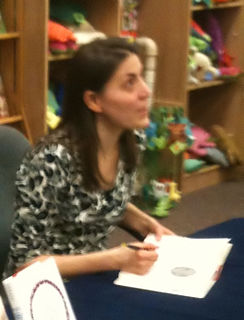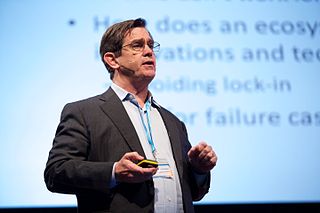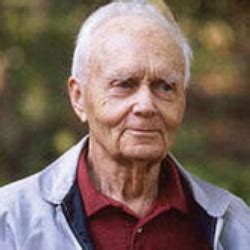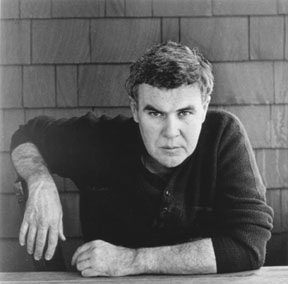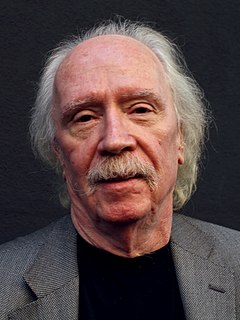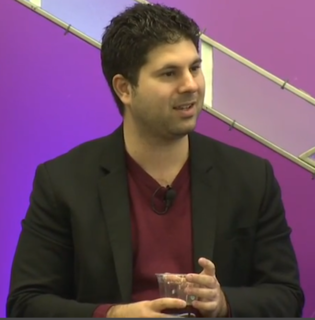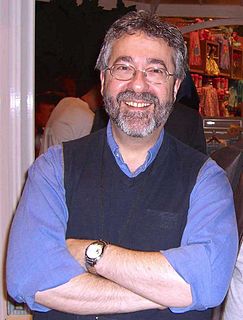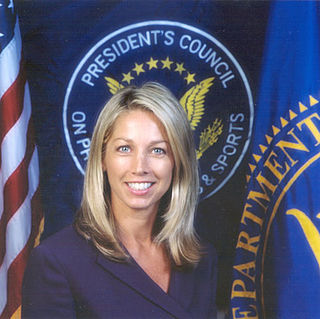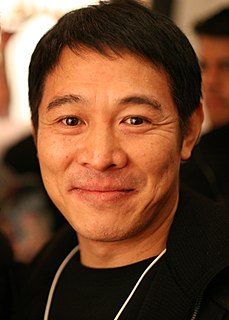A Quote by Rebecca Stead
I try to write about internal experience versus the external self. I like to present ideas, but not package them neatly.
Related Quotes
All children want to do is play in worlds they create and project on their external world. If allowed to do that, they are constantly building new neural structures for creating internal worlds and projecting them on their external world. And they build up an enormous self-esteem and feeling of power over the external world through their own capacities.
Our time has been distinguished, more than by anything else, by a mastery, a control, of the external world, and by an almost total forgetfulness of the internal world. If one estimates human evolution from the point of view of knowledge of the external world, then we are in many respects progressing. If our estimate is from the point of view of the internal world, and of oneness of internal and external, then the judgment must be very different.
I am not talking about rebelliousness, but giving people time for constructive internal reflection and even daydreaming. A lot of research is suggesting that the more that you demand people's external attention, the less chance you are allowing them to dip into the default mode where daydreams and reflection happen - and lot of great ideas are not going to come from the brute force of work but from personal life experience. Mind-wandering seems to be essential to the creative process, and I don't think a lot of businesses are aware of that fact.
